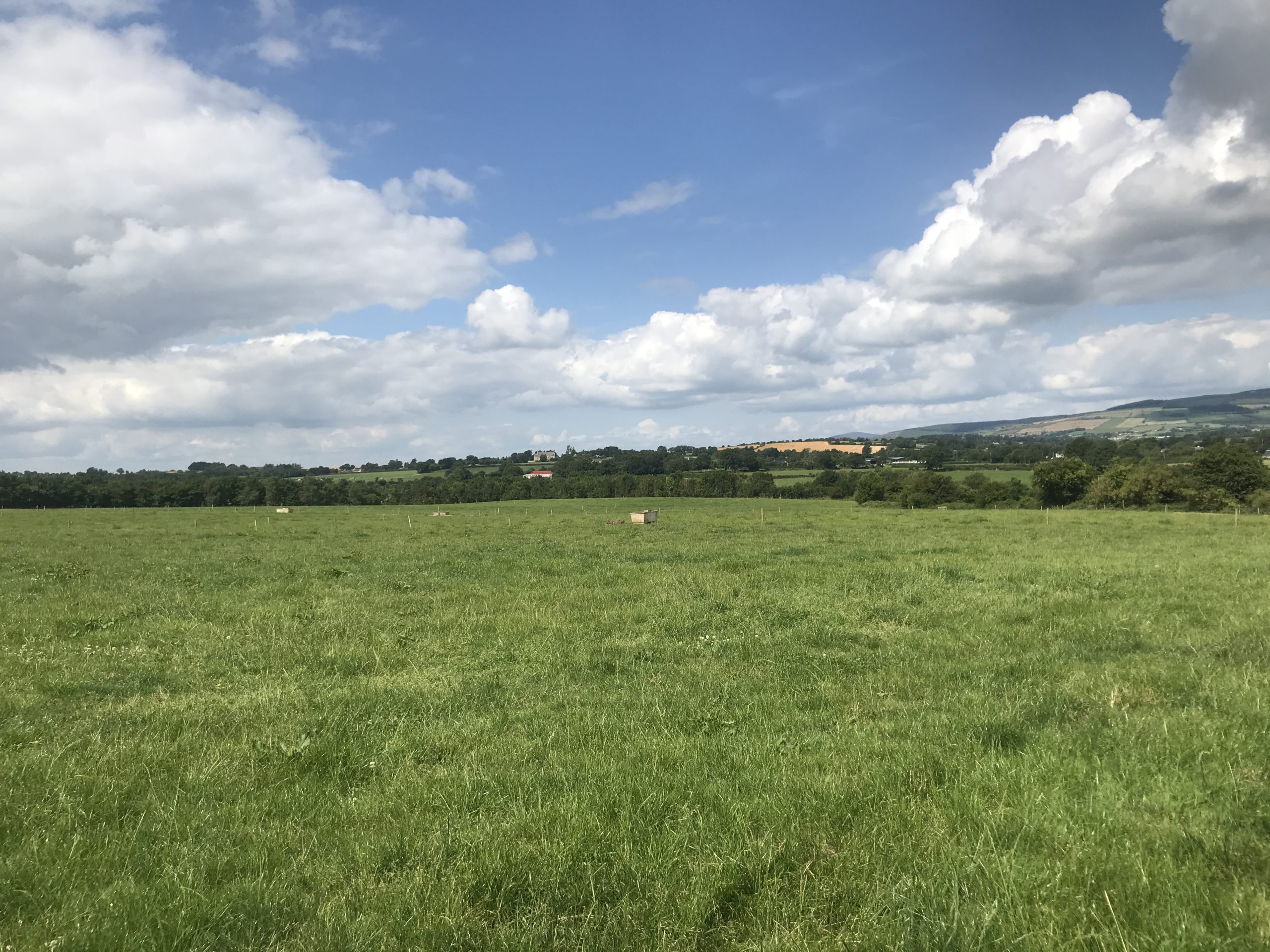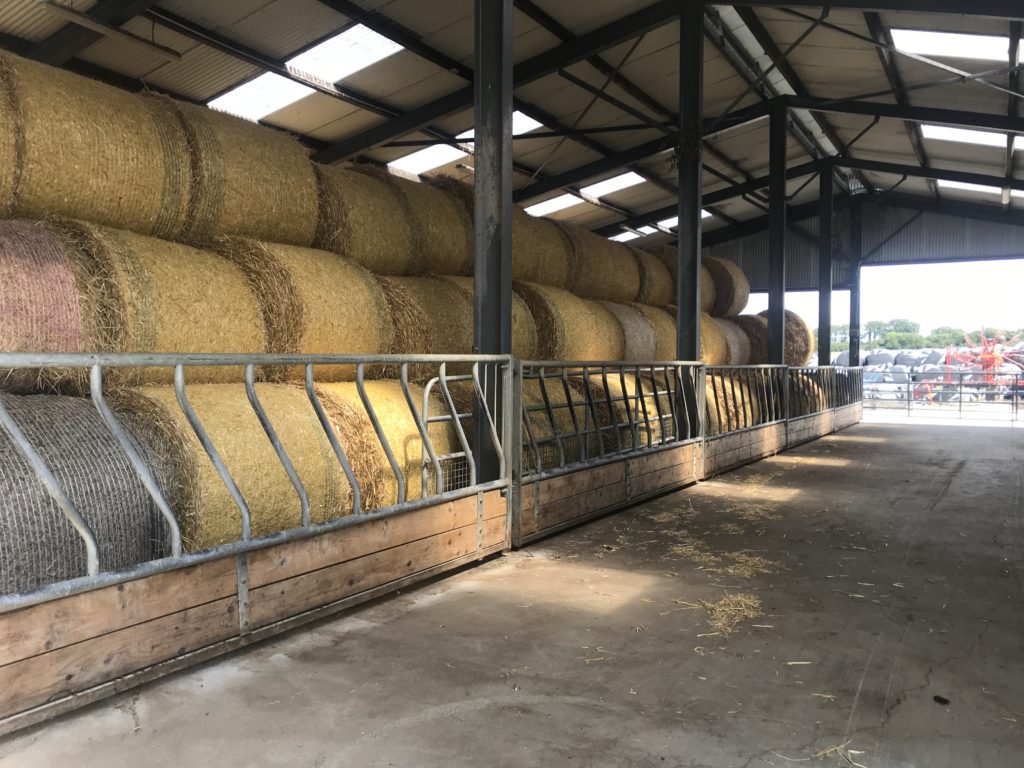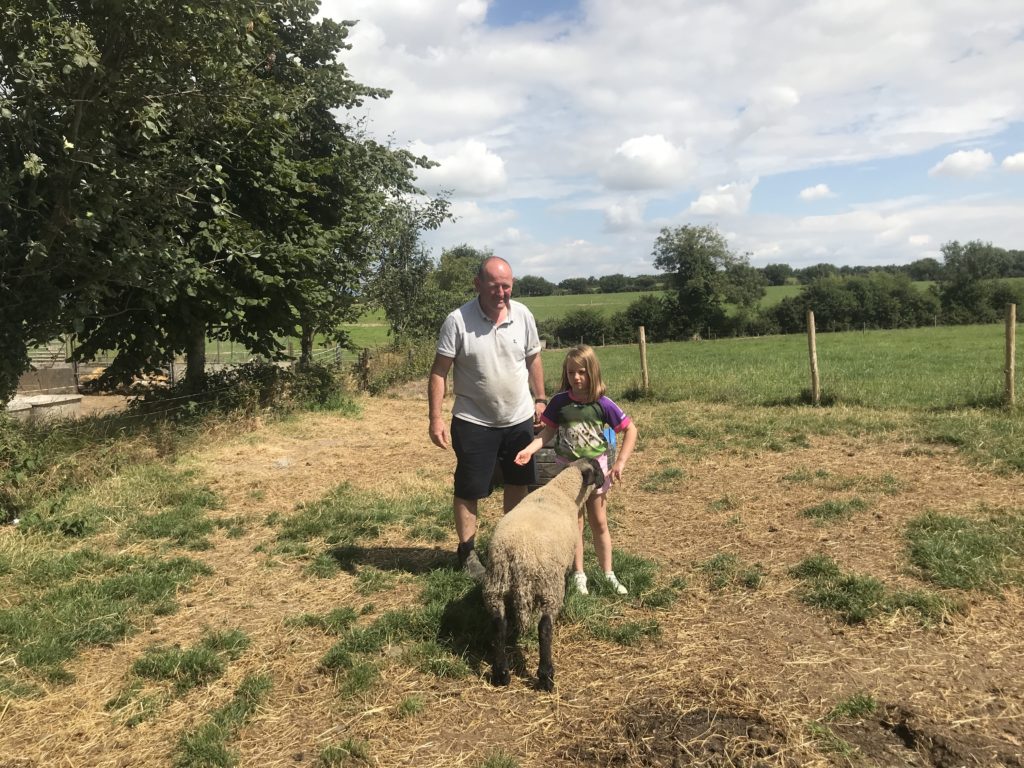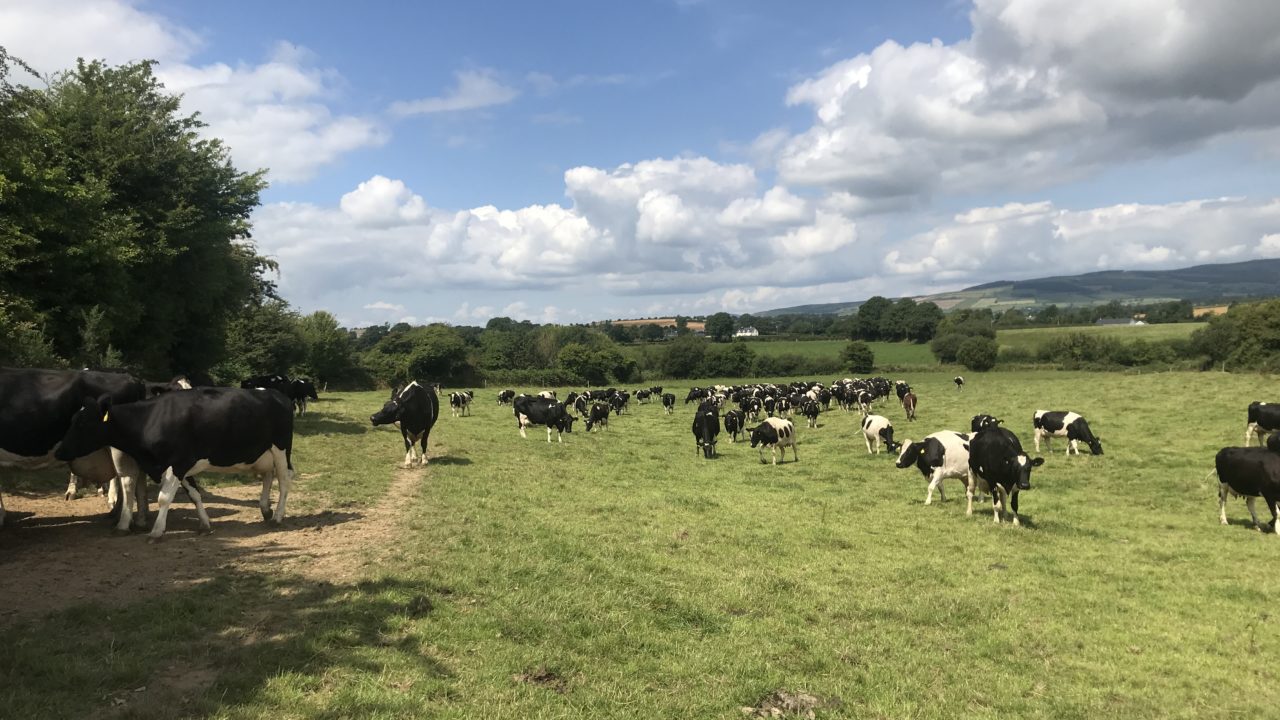For this week’s Dairy Focus, Agriland made the trip down to the Model county, to the dairy farm of John Murphy.
Farming in Clonroche, Co. Wexford, John milks a herd of 150 British Friesian-type cows.
A compact spring-calving system is operated on the farm, with all cows bred using stockbulls purchased from top herds in the south.
John took over the farm from his father in 1996 after being away for a number of years. Originally, it was a mixed farm with about 30-40 cows being milked.
A decision was made to increase cow numbers, with quotas purchased and rented over the years.
The herd has now increased to 150 cows, and John also sells around 60 calved-heifers each year.

System
Spring milk is the system operated on the farm, with calving starting in early February.
On average, the herd produces 6,800L from about 1.5t of concentrates.
Although dairying is the main enterprise on the farm, there is also a small number of pet lambs around.
The focus on this dairy farm is now to produce highly fertile cows that also have good production.


British Friesian
The herd is made up of predominantly British Friesian genetics, with John selecting to breed this cow type when he took over the farm.
At the time it would have been a somewhat unusual breed for the area, with the Holstein-type herd being very dominant.
“I liked the British Friesian because they have good milk yields, good solids and good fertility,” said John.
“They suit my system because they go back in-calf and remain in the herd for a long period.
“Over the years I would have been very strict on culling for lameness and fertility issues which has massively helped the herd.
“I was finding if a cow had feet issues, so would her daughter, so removing them from the herd has reduced issues on the farm.”

Breeding
John goes somewhat against the grain by using Friesian stockbulls purchased from the top herds in Munster and further afield for breeding.
“I’m going against the grain somewhat with not using AI (artificial insemination),” he said.
“My system is so simple, for a long time I thought I was doing something wrong from going to farms and hearing that you should be doing this and that.
“But is it working, I buy bulls from top herds, bulls that are being tested for AI.
“The down side of using stockbulls is that there is no economic breeding index (EBI); because there are four bulls running with the cows, you can’t be sure.”

Commenting further, John said: “I replace the bulls after two years. I buy four young bulls every January, they go with the heifers for the breeding season.
“In their second year they run with the cows and then they are sold on, I have no bulls with the cows now they’ve been sold on.”
John said he is trying to focus on improving solids in cows, acknowledging that breeding plays a part, but so do a number of other factors, he said.
Selling heifers
Selling the heifers started by accident; back in 2006 and 2007 there was a lot of quota available, John said, to be bought or leased on a flexi-quota.
“Then in around 2010 and 2011 quota became very hard to get and I couldn’t get any and had to sell stock,” he explained.
“It was heart breaking for a few years trying to keep numbers up and hold onto land.
“I couldn’t produce milk, which lead me to selling stock and it has been going very well for us. It started by accident, but I have stayed doing it. It is now working really well for me.”


The use of stockbulls does have its drawbacks when selling heifers, but John said the vast majority of people that have purchased a heifer from him have been impressed with the stock.
“I would always explain to anyone buying heifers that stockbulls are used. I would go through the bulls and the cow that the calf is from,” he said.
“I had a few people that purchased heifers that weren’t sure and have come back to me looking for more, so they must of gotten on well.”

Rising costs
The end of 2021 ,and so far in 2022, has seen record-high input costs on farms. Luckily for dairy farmers, milk prices have offset these rises.
“I would also be trying to manage costs and the amount of fertiliser that is spread,” said John.
“Early in the year we had exceptional grass growth, which helped to reduce the need for fertiliser.
“A lot of the grazing ground would be heavy land so we haven’t really suffered from drought or stunted growth.”
Continuing, the farmer said: “I have spread less fertiliser this year, but next year could be a catchy year if grass growth isn’t as good.
“Milk price has been good this year which has helped, but if milk price drops and input costs remain high, it will be very difficult.”
Future
There are currently no plans to alter the system or increase cow numbers further on the farm.
John is instead focused on improving the herd of cows he has and increasing the production from the herd.

He is hopeful that someone will take over the farm from him, however his children are currently too young to know if farming will be for them or not.
“My daughter Clara is currently mad for farming, but that could change in the future so we will just have to wait and see,” said John.
Dairy Focus
To read more Dairy Focus articles on Agriland, click here.
